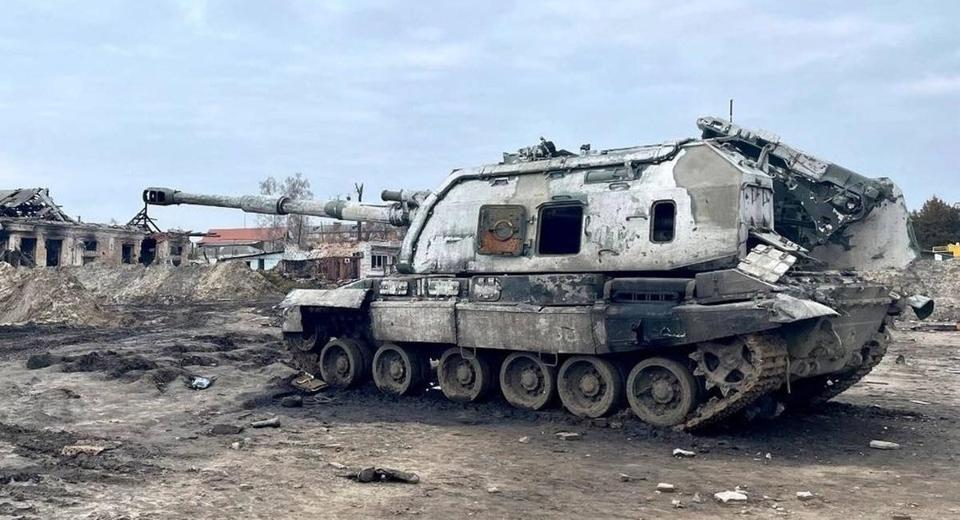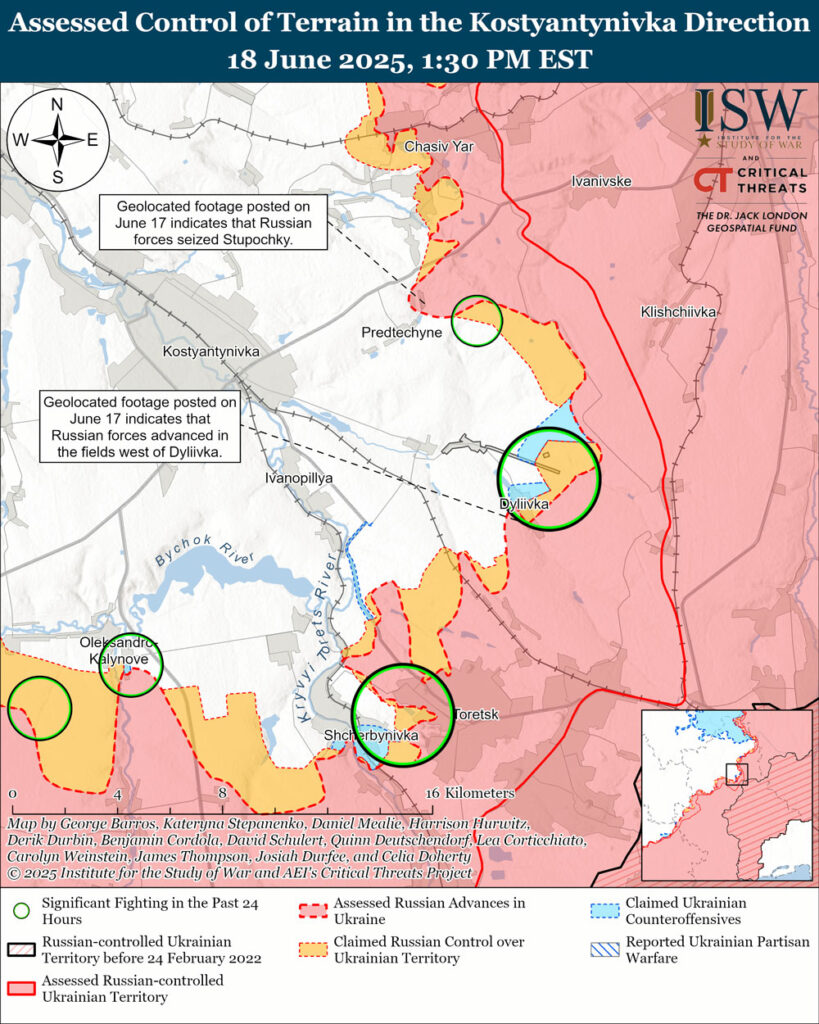Forbes: Ukraine killed the age of artillery duels—now drones hit before the smoke clears

Ukraine has significantly weakened Russia’s artillery advantage, but now faces a growing threat from drones. As Forbes tech correspondent David Hambling reports, both sides are turning to drones for faster, more precise strikes—reshaping how the war is fought.
Ukrainian drone teams use radar systems like the US-made AN/TPQ-36 and locally produced acoustic sensors to detect firing positions. But drones are critical for pinpointing exact targets.
“Drones are essential for confirming the exact location of artillery,” said ‘Michael,’ commander of Ukraine’s Typhoon drone unit.
Precision strikes and rapid response
Visual observation with powerful zoom cameras is often the most effective way to locate Russian guns—especially while they’re firing.
“Muzzle flashes, smoke, or movement make them visible,” Michael explained.
Once a gun is confirmed, drones strike quickly—often faster than artillery. Though a drone travels at 100 mph, it can hit faster than a 700-mph shell because it homes in directly on the moving target. “With FPV drones… the first strike often hits,” said Michael. “With artillery, it often takes several rounds.”
Self-propelled guns are vulnerable when on the move, but even towed guns—though harder to destroy—can be taken out with precision hits to specific parts like the breech or towing vehicle. Videos from units like Birds of Magyar show drones hovering inches from targets before detonating.
Demilitarisation of the Russian 2S1 Gvozdika 122mm self propelled howitzer. https://t.co/uCLfVMpj9j pic.twitter.com/OxOmmStq4M
— Special Kherson Cat(@bayraktar_1love) January 1, 2024
Russian drones on the rise
Despite still having large artillery stockpiles, Russia is also rapidly expanding drone use.
“We’re observing several hundred FPV strikes per day,” said Michael.
Russia plans to produce 2 million FPV drones in 2025—nearly matching artillery shell output. Recon drones remain ever-present. “There’s no sign of a shortage,” Michael noted.
What’s notable is that drones were once seen as a Ukrainian fallback due to limited artillery. Now, even Russia—despite its superior stocks—is leaning heavily on drones for precision strikes.
A new kind of war
Ukrainian Commander-in-Chief Oleksandr Syrskyi recently stated that Russia’s long-range firepower has been halved. But the transition from heavy artillery to high-precision drone warfare is redefining how the war is fought.
As Hambling writes: “The days of massed firepower will have passed. But the era of massed precision drone strikes will just be beginning.”
Read also
-
Frontline report: Drones become Ukraine’s top killer in modern warfare outpacing artillery in lethality
-
How to annihilate 500 drones in one night when gunpowder runs low — Ukraine finds revolutionary way
-
The Avengers just got real: weekend engineers made Russia’s war tech obsolete — now the Pentagon should worry too





